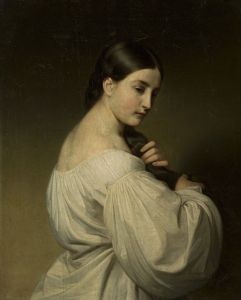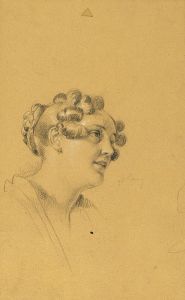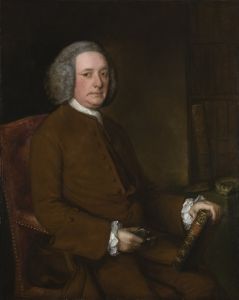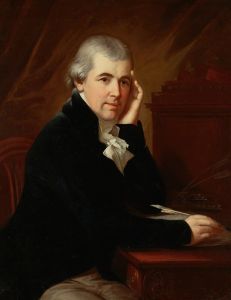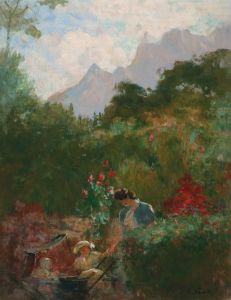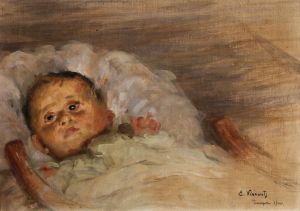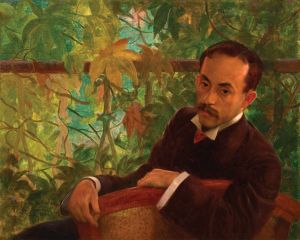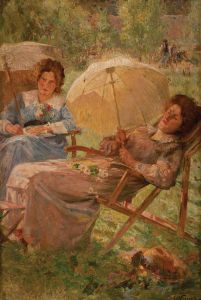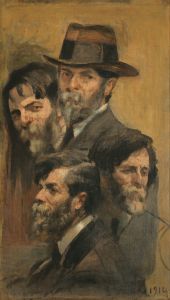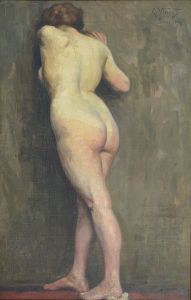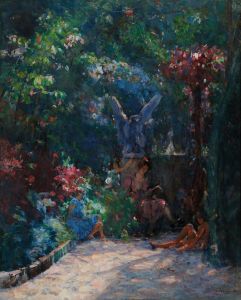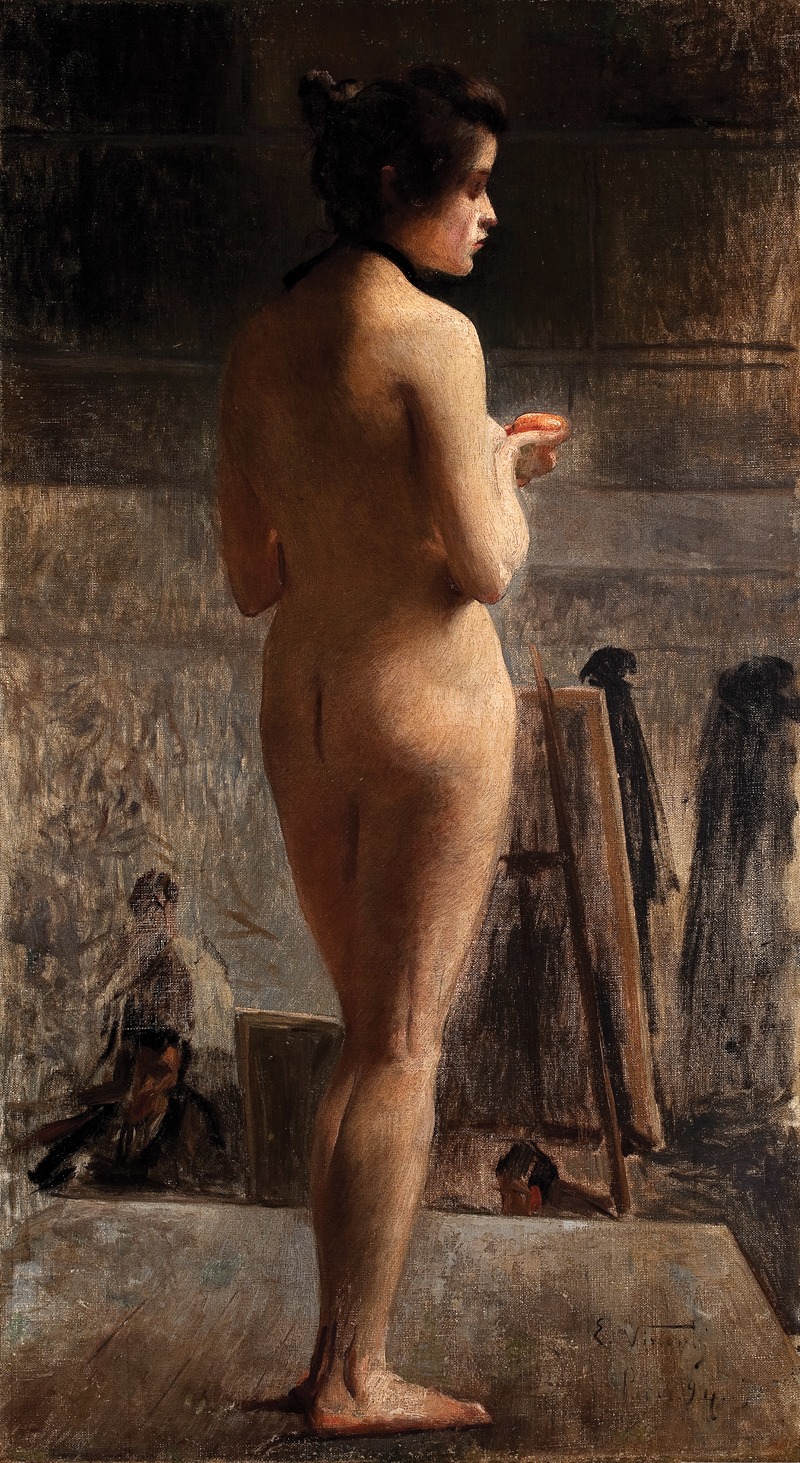
Nu feminino
A hand-painted replica of Eliseu Visconti’s masterpiece Nu feminino, meticulously crafted by professional artists to capture the true essence of the original. Each piece is created with museum-quality canvas and rare mineral pigments, carefully painted by experienced artists with delicate brushstrokes and rich, layered colors to perfectly recreate the texture of the original artwork. Unlike machine-printed reproductions, this hand-painted version brings the painting to life, infused with the artist’s emotions and skill in every stroke. Whether for personal collection or home decoration, it instantly elevates the artistic atmosphere of any space.
Eliseu Visconti's Nu feminino is a painting created by the Brazilian artist Eliseu Visconti, who is widely regarded as one of the pioneers of modern art in Brazil. Born in 1866 in Salerno, Italy, Visconti immigrated to Brazil as a child and became a central figure in the development of Brazilian art during the late 19th and early 20th centuries. His works often reflect influences from Impressionism, Symbolism, and Art Nouveau, movements that he encountered during his studies in Europe.
Nu feminino is an example of Visconti's exploration of the human form, a recurring theme in his oeuvre. The painting depicts a nude female figure, rendered with a delicate and refined technique that highlights Visconti's mastery of light, color, and composition. The work demonstrates his ability to blend academic traditions with modernist tendencies, resulting in a harmonious and evocative representation of the subject.
Visconti studied at the Imperial Academy of Fine Arts in Rio de Janeiro and later continued his education in Paris, where he was exposed to the works of European masters and contemporary art movements. This international experience significantly influenced his artistic style, as seen in Nu feminino. The painting reflects his interest in the interplay of light and shadow, as well as his sensitivity to the subtleties of human anatomy and emotion.
While specific details about the creation date or the current location of Nu feminino are not widely documented, the painting is often cited as an example of Visconti's contribution to the modernization of Brazilian art. His works, including Nu feminino, played a crucial role in bridging the gap between traditional academic art and the emerging modernist trends of the early 20th century.
Eliseu Visconti's legacy extends beyond his paintings; he was also a designer, illustrator, and teacher who influenced generations of Brazilian artists. His contributions to the arts include designing the curtain for the Municipal Theatre of Rio de Janeiro and participating in international exhibitions, such as the Paris Universal Exposition of 1900, where he received a gold medal.
Nu feminino remains an important piece within Visconti's body of work, exemplifying his technical skill and artistic vision. It serves as a testament to his role in shaping the trajectory of Brazilian art and his ability to synthesize diverse influences into a uniquely personal style.





